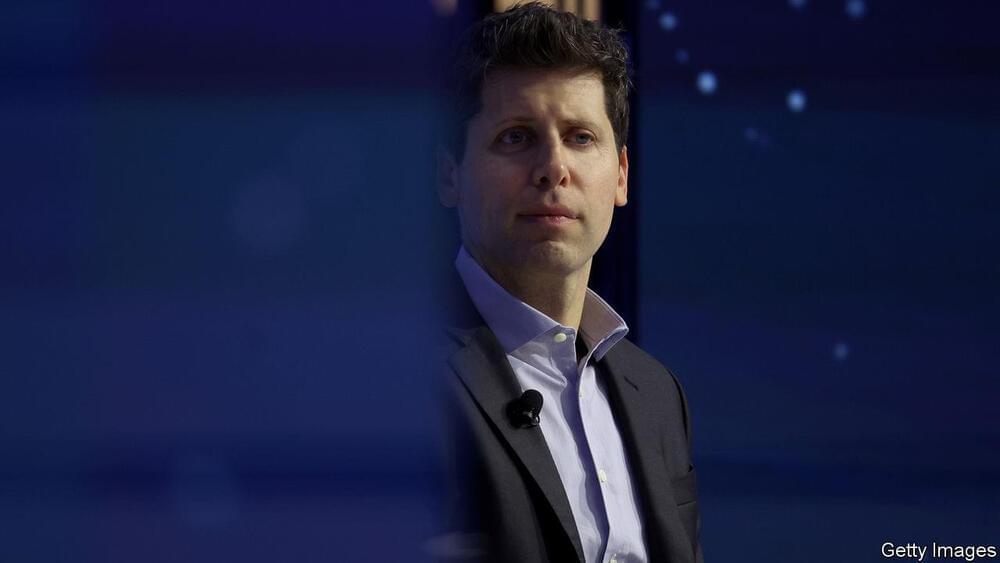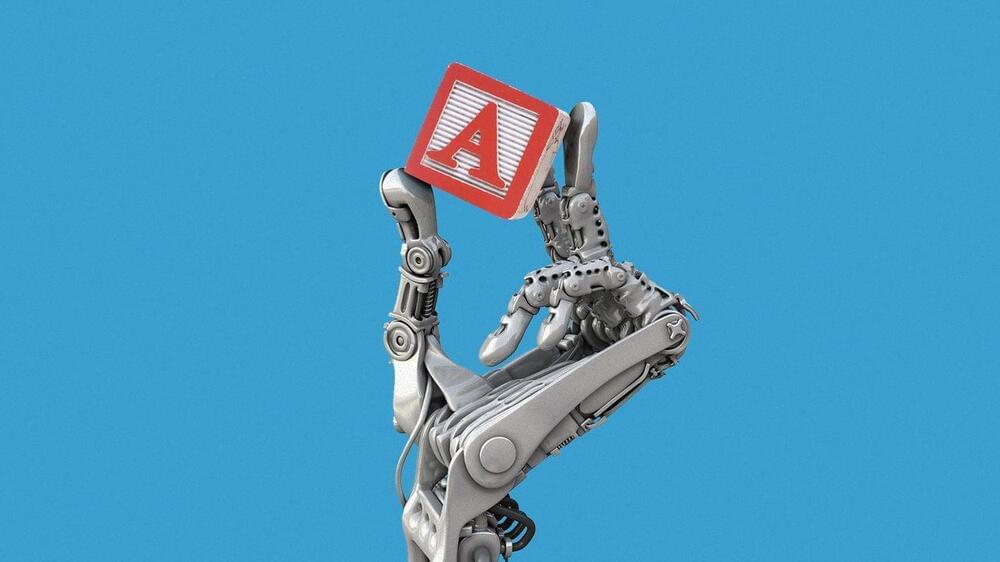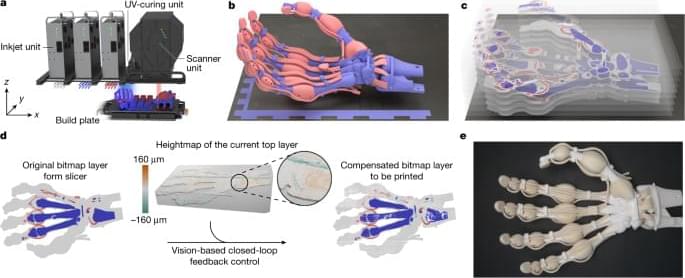It is a big setback for OpenAI, and could slow the industry as a whole | Business.



Engineers and paleontologists teamed up to reconstruct an ancestor of starfish from the Paleozoic era and figure out how it moved.
Get ready to have your minds blown because Quantum AI is about to flip the script on the world! Imagine computers that don’t just crunch numbers but tap into the mind-bending power of quantum bits or qubits. Quantum AI isn’t just a fancy upgrade; it’s like giving our digital brains a cosmic turbo boost. From supercharging data processing to tackling complex problems like a quantum superhero, this game-changer is set to redefine what we thought computers could do. Get ready for a tech revolution – Quantum AI is the rockstar that’s about to drop a mind-blowing album on the world of computing! 🚀💻🌌
#brightside.
Animation is created by Bright Side.
Music from TheSoul Sound: https://thesoul-sound.com/
Check our Bright Side podcast on Spotify and leave a positive review! https://open.spotify.com/show/0hUkPxD34jRLrMrJux4VxV



In 2010, Mike Williams traveled from London to Amsterdam for a physics workshop. Everyone there was abuzz with the possibilities—and possible drawbacks—of machine learning, which Williams had recently proposed incorporating into the LHCb experiment. Williams, now a professor of physics and leader of an experimental group at the Massachusetts Institute of Technology, left the workshop motivated to make it work.
LHCb is one of the four main experiments at the Large Hadron Collider at CERN. Every second, inside the detectors for each of those experiments, proton beams cross 40 million times, generating hundreds of millions of proton collisions, each of which produces an array of particles flying off in different directions. Williams wanted to use machine learning to improve LHCb’s trigger system, a set of decision-making algorithms programmed to recognize and save only collisions that display interesting signals—and discard the rest.
Of the 40 million crossings, or events, that happen each second in the ATLAS and CMS detectors—the two largest particle detectors at the LHC—data from only a few thousand are saved, says Tae Min Hong, an associate professor of physics and astronomy at the University of Pittsburgh and a member of the ATLAS collaboration. “Our job in the trigger system is to never throw away anything that could be important,” he says.

Now, generative AI models — similar to the large language model (LLM) that powers ChatGPT — are being developed to understand the rules and relationships of DNA, RNA and proteins, and the many functions and properties they produce.
How it works: Humans arrange the 26 letters in the modern English alphabet into roughly — and arguably — about 500,000 words.


Here’s one we weren’t expecting: the creator of ChatGPT, OpenAI, has unexpectedly announced that it’s ditching its charismatic CEO Sam Altman, effective immediately.
“Mr. Altman’s departure follows a deliberative review process by the board, which concluded that he was not consistently candid in his communications with the board, hindering its ability to exercise its responsibilities,” the company wrote in the surprise announcement. “The board no longer has confidence in his ability to continue leading OpenAI.”
The statement is strikingly vague about exactly what went off the rails with Altman, who cofounded the company alongside the also since-departed Elon Musk back in 2015.

Meta executive and “godfather of artificial intelligence” Yann LeCun has had it with people ringing the alarm bells about a hypothetical AI doomsday.
In a lengthy post on X-formerly-Twitter, the computer scientist argued that there’s a far bigger threat hovering over the burgeoning industry: powerful companies seizing control of the future of AI and using it to prop up their wealth and influence.
It’s a pertinent point, as an increasingly smaller number of AI companies are starting to emerge as the early winners in the AI race, claiming an ever-growing slice of the highly lucrative AI pie.